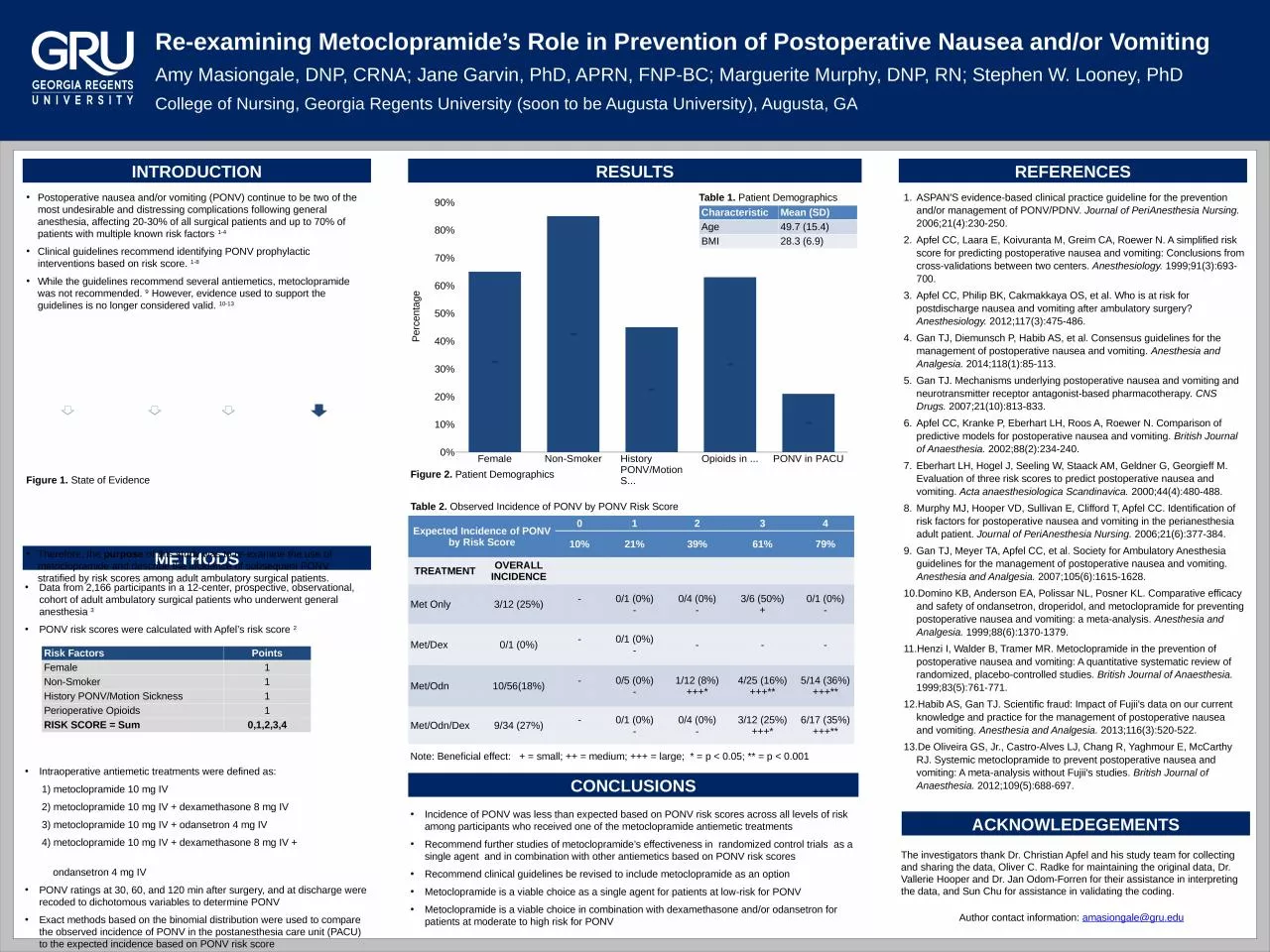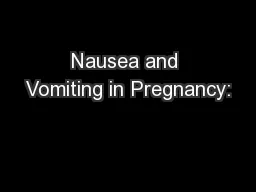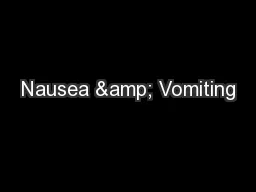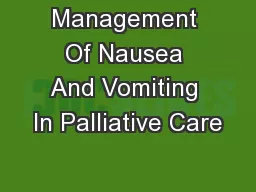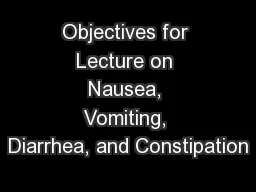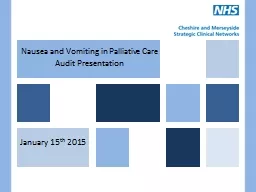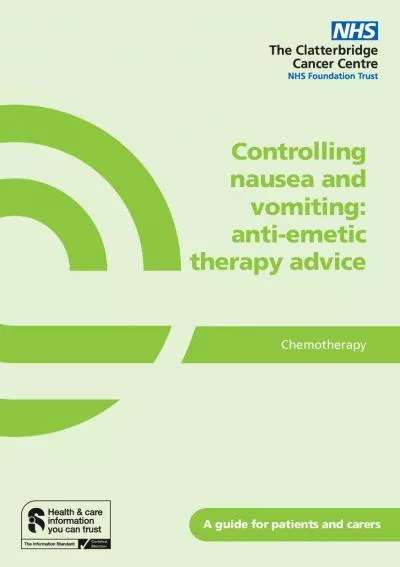PPT-Re-examining Metoclopramide’s Role in Prevention of Postoperative Nausea and/or Vomiting
Author : bety | Published Date : 2023-12-30
Amy Masiongale DNP CRNA Jane Garvin PhD APRN FNPBC Marguerite Murphy DNP RN Stephen W Looney PhD College of Nursing Georgia Regents University soon to be
Presentation Embed Code
Download Presentation
Download Presentation The PPT/PDF document "Re-examining Metoclopramide’s Role in ..." is the property of its rightful owner. Permission is granted to download and print the materials on this website for personal, non-commercial use only, and to display it on your personal computer provided you do not modify the materials and that you retain all copyright notices contained in the materials. By downloading content from our website, you accept the terms of this agreement.
Re-examining Metoclopramide’s Role in Prevention of Postoperative Nausea and/or Vomiting: Transcript
Download Rules Of Document
"Re-examining Metoclopramide’s Role in Prevention of Postoperative Nausea and/or Vomiting"The content belongs to its owner. You may download and print it for personal use, without modification, and keep all copyright notices. By downloading, you agree to these terms.
Related Documents

